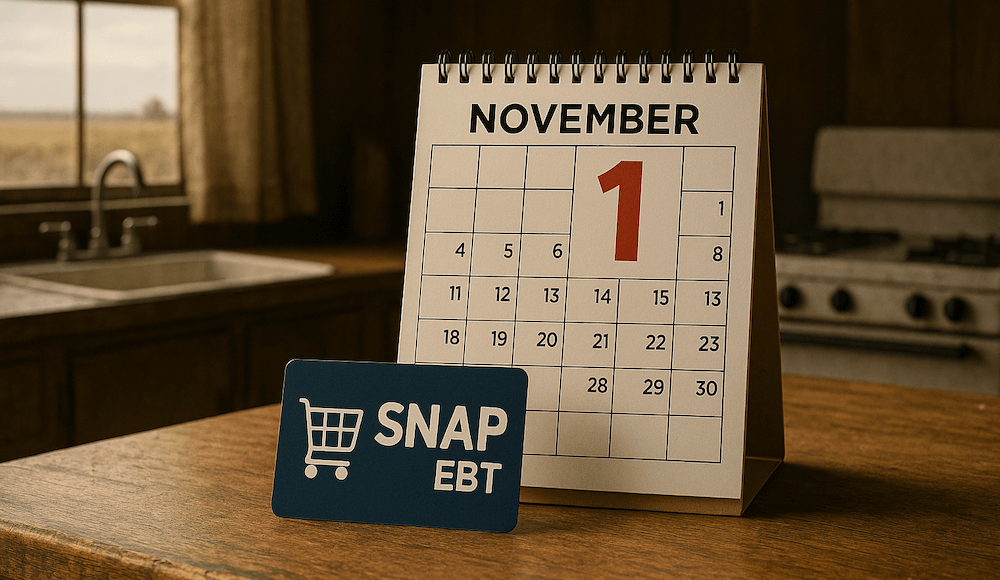
Posted October 24, 2025
By Matt Insley
We’re Crash Test Dummies Now
The American auto-loan market is entering a dangerous zone.
A new study from VantageScore finds that U.S. auto-loan delinquencies have surged over 50% since 2010, shifting what was once considered one of the safest forms of consumer credit into one of the riskiest.
Meanwhile, in the subprime sector, the numbers are flashing red. According to Fitch Ratings, 6.43% of borrowers classified as subprime (credit scores < 670) were 60 days or more behind on car-loan payments as of August 2025 — a record matching January’s peak and exceeding the height of the 2008 crisis (5.04 %).
For context, when Fitch began tracking this data in 1993, the delinquency rate was a mere 0.12%.
Repossession activity is also scorching hot. Last year, about 1.73 million vehicles were repossessed, making it the highest level since 2009.
At the same time, Americans’ total auto debt has ballooned to $1.66 trillion, roughly twice what it was a decade ago.
Alarmingly enough, much of this growing debt has been packaged into asset-backed securities (ABS) and sold to investors — a structure eerily reminiscent of the sub-prime mortgage market before 2008.
Your Rundown for Friday, October 24, 2025...
The Wheels Are Coming Off
The cause of the stress is clear: Vehicle ownership has become wildly expensive. The average price of a new vehicle has ticked past $50,000 for the first time, up 35% since 2019.
And monthly payments are record-high. Data from the auto-research firm Edmunds shows average monthly payments for new cars around $761, and used cars about $570 — and in some cases, well over $1,000 per month.
“Consumers are buying the same car they owned before, but their payments are $300 more a month,” says Jessica Caldwell, Edmunds’ head of insights.
Plus, about 30% of traded-in car loans are now underwater: Buyers are rolling nearly $7,000 of old debt into their new loans.
“That should send off alarm bells,” warns Mark Zandi, chief economist at Moody’s Analytics. “You’re seeing all this stress while everyone still has a job — so what happens if people start losing them?”
Unsurprisingly, debt-counseling groups are being overwhelmed. The nonprofit American Consumer Credit Counseling (ACCC) reports 53,900 calls this year, up 63% from 2019. Kenneth Mohammed of ACCC notes: “People are using their credit cards for basic living expenses.”
Meanwhile, the average ACCC client debt has jumped about 60% in five years to $30,000, and these are borrowers earning $75,000 or more annually, proving this crisis is climbing the income ladder.

For now, borrowers are barely staying afloat. With monthly payments soaring, delinquencies elevated and repossessions climbing, the risk of a broader consumer-credit shock is very real.
Bottom line: For the auto-loan industry, the crack in the windshield is branching out, and the sector may be the first fault line in a broader consumer-debt crisis.
Market Rundown for Friday, October 24, 2025
S&P 500 futures are up 0.30% 6,795.
Oil is up 0.50% to $62.10 for a barrel of WTI.
Gold’s lost 1.70% to $4,075.60 per ounce.
Bitcoin, however, is up 1.25%, just under $112K.

Jim Rickards: Trump’s New Public-Private Playbook
Posted November 07, 2025
By Matt Insley

Buck Sexton: The Truth About Taiwan
Posted November 05, 2025
By Matt Insley

Pritzker vs. Noem: The Battle Over Halloween
Posted November 03, 2025
By Matt Insley

Starving the System… and the People
Posted October 31, 2025
By Matt Insley

Elon Just Killed Wikipedia
Posted October 28, 2025
By Matt Insley
